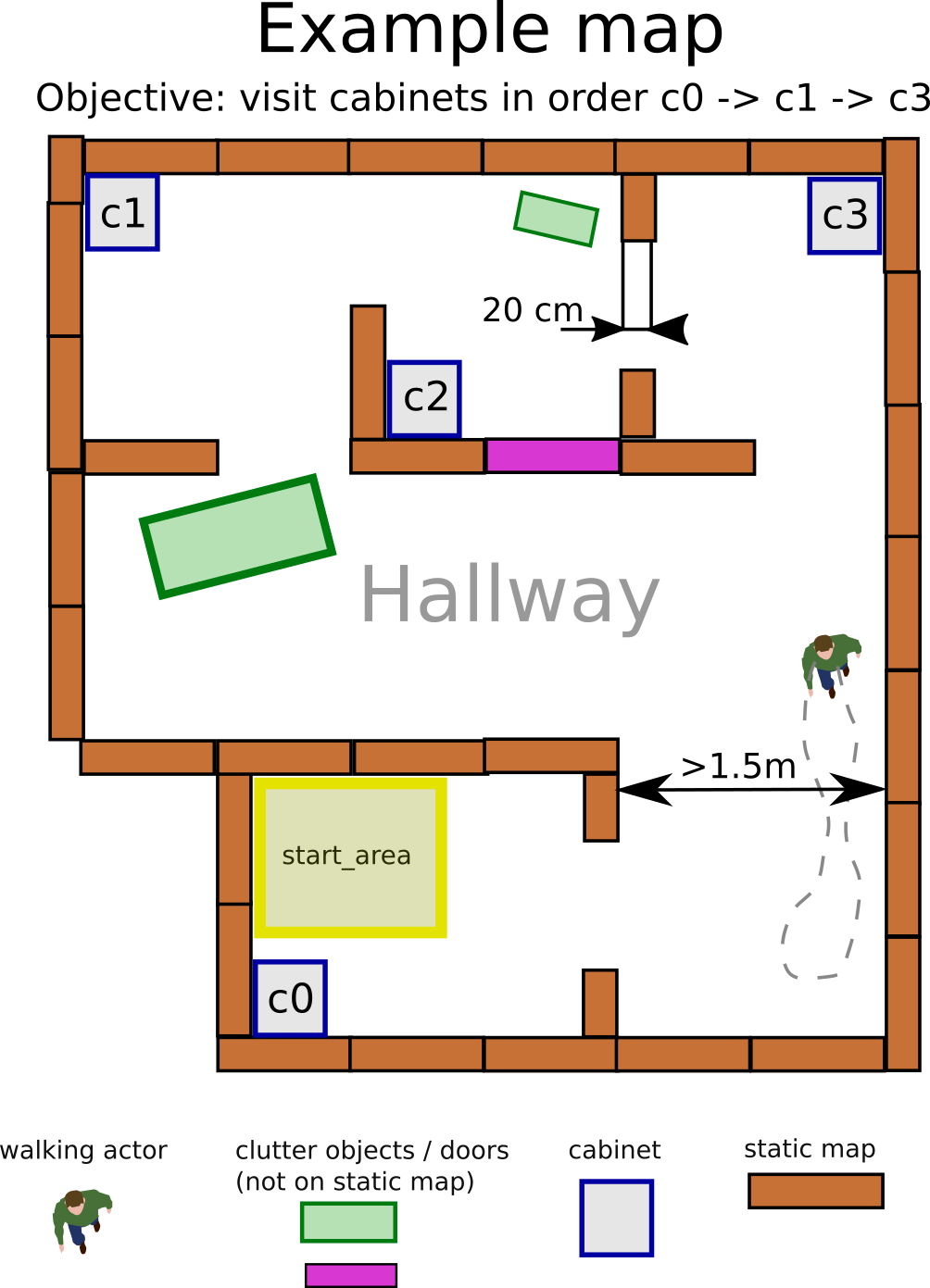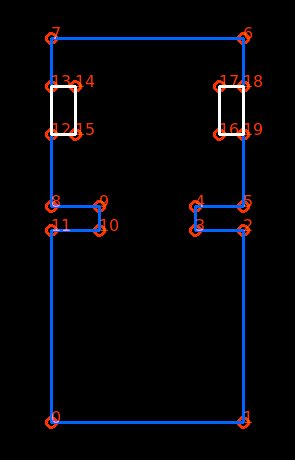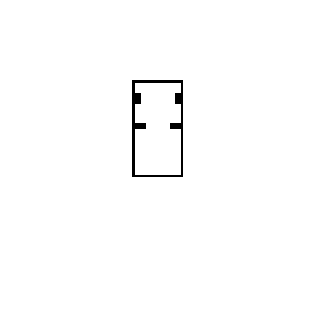Embedded Motion Control/Hospital Room Competition 2019

Challenge Description
The figure on the right shows a 2D representation of a possible Hospital setup, as an example. The map shows several rooms and a hallway. In each room there are cabinets (represented by a rectangular block). The objective is for PICO to "deliver" medicines from one cabinet to another (both defined by the judges just before the challenge starts). The hospital will contain a number of unknown static and dynamic objects (boxes, human actors walking)
Since PICO does not have the capability to grab and carry medicines, the "delivery" task cannot be performed physically. Instead, the "delivery" is defined by the following steps:
- Drive up to the first cabinet.
- Position in front of the cabinet, facing towards the cabinet.
- Give a clear sound signal, signalling PICO has arrived at cabinet A (io.speak("I arrived at cabinet four")).
- Drive to the next cabinet.
- Position in front of the cabinet, facing towards the cabinet.
- Repeat until all the cabinets are visited in the correct order
Setup Specifications
- All walls in the hospital will be approximately straight.
- All corners in the hospital will be approximately right.
- The doors inside the hospital will be (time-invariant) openings in the walls of about 0.5-1m that may be closed or open.
- It is possible that a room has more than one door.
- A cabinet is represented by a rectangular block.
- A region will be marked in front of the cabinets. This is the region in which PICO must stand when "taking" or "delivering" the medicine.
- The front of the cabinet is defined as the first linesegment in the line array that represents a cabinet.
- This region will be a square with sides equal to the length of the front of the cabinet.
Challenge Conditions
- PICO will start in the start area, defined by a rectangle of approximately 1 by 1 meters. The orientation of PICO is arbitrary.
- The list of cabinets to be visited will be provided right before the challenge starts as a list of integers (0 identifies the first cabinet in the array).
- After starting the software, PICO has to drive to the first cabinet to "pick up" the medicine.
- If PICO found the correct cabinet and signalled his "arrival", he has to drive to the next cabinets to "drop off" the medicines.
- The task is completed after PICO visited all cabinets on the list.
- Bonus points are given to the groups that can detect the static and dynamic objects and present them in the world model. How this is presented is left to the groups.
- Within the hospital start area, we will make sure that some visible features (i.e. lines, corners) remain visible (but we will not make it easy).
Challenge Rules
- The list of cabinets to visit has to be supplied to the executable when starting the challenge.
- Do not touch the walls! Slightly touching is allowed, however, bumping (i.e., driving head-on into a wall) is not allowed! If PICO hits the wall, we decide whether it counts as bumping.
- Every team has two trials (= max one restart). A trial ends if:
- PICO bumps into the wall
- PICO has not moved or has not made sensible movements (as judged by the tutors) for 30 seconds
- The total time limit of 10 minutes per group is reached
- The group requests a restart (on the first trial)
- restart means:
- PICO restarts at the defined start position
- The trail time (= the time graded) is reset, but
- the total time keeps running
- Maximum speed (is limited in PICO): 0.5 m/s translational, 1.2 rad/s rotational.
- There will be no second attempt if first attempt was successful
- Every situation that might occur, that is not covered in this document will be evaluated on the spot. If this happens, the judges have the final word.
Visualization
- Your code should save a snapshot of the laserdata in your group folder when in front of each cabinet (e.g., using OpenCV).
Robot Software
- Make sure your software is easy to set-up, i.e:
- Your software can be updated with one easy command, e.g. 'git pull'
- Your software can be compiled using 'cmake' and 'make'
- It is allowed to use multiple executables. Note that the Mapping/Parking-phase and Searching-phase can have separate executables, both have to be build before the challenge.
- If your set-up deviates from this method, let your tutor know 1 week before the challenge!
- The software of all groups will be updated on the robot before the challenge starts
- This way, teams starting the challenge have as much time as teams that do the challenge at the end, compiling in between trials is not allowed.
- If you use a separate catkin workspace
- Make sure this workspace is compiled during the final testing hour
- Building separate catkin workspaces during the final challenge is not allowed
- The safest way to make sure your code works is by avoiding catking workspaces and including everything in your CMakeLists.txt
Example map format and code
- We provide a simple example of a room with two cabinets and the code to read the map into your own c++ code.
- For this simple example, a simulator map is also provided. (A simulator map will not be provided for the final challenge).
- We used the 20cm thickness blocks for your convenience
- Remember to add unknown objects to your simulator and test environments!
- You can find an example map (JSON) and the code to get you started here: File:Emc 2019 map format.zip
-
Overview of example map.
-
Visualisation of vector map.
-
Bitmap representation of map, used for simulator.


